5 Different Types of Knife Sharpeners
When you buy through our links, The Breslin may earn an affiliate commission. Learn more
Different types of knife sharpeners can fit different needs and home conditions, and thinking about that can tire you out. But, before giving up on finding the right tool, you should take a moment to think about why you need it.
Having a high-quality knife collection is great and all, but it won’t be as great when dull, will it? Choosing the right knife sharpener can help maintain your knife for years. You can have a brand new set of knives by using the right tool to sharpen them.
There are five most common types of knife sharpeners, which is a lot in many people’s books. In this article, I will guide you through them. I will also leave some recommendations for choosing the best knife sharpeners on the market.
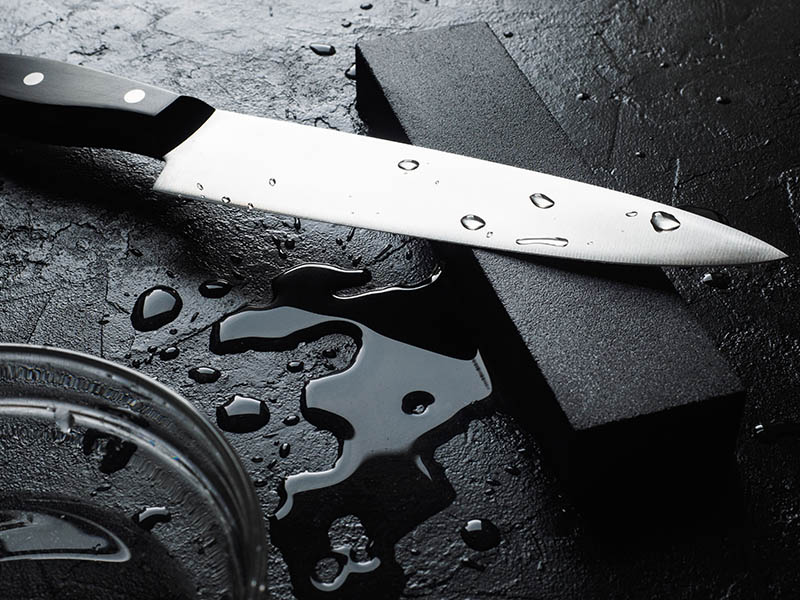
Do I Need To Sharpen My Knife?
Think about it. After in-depth research on the suitable types for your kitchen, you just bought a great set of knives. They are sharp, durable, and precisely what you’re looking for.
However, after a while, you see how they are not as good as they used to be. That’s when you need to sharpen your knife. You need to make sure that your knife is sharp. But why?
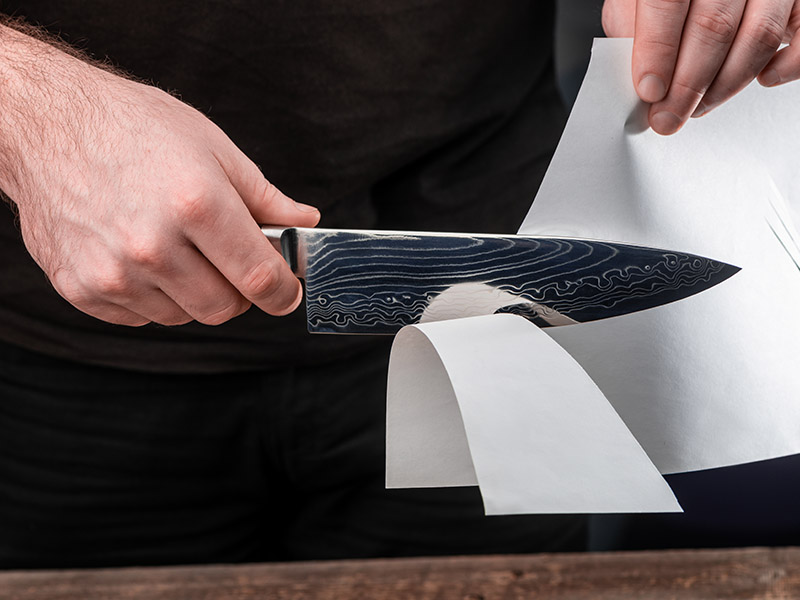
A Sharp Knife Can Save You Money
A sharp knife is very efficient in the kitchen. It can make quick work of your food preparation process. You can slice through meat, vegetables, and other ingredients with ease. Especially in a professional setting, this can boost the pace in the kitchen for serving and prep.
A sharp knife is also cost-saving. A clean cut of meat is one less thing to throw away if done wrong. A sharp knife makes such a huge difference to the food quality that it can upgrade the dish to the next level.
A Sharp Knife Can Save You From Getting Frustrated
Have you ever had a headache trying to cut nice and even pieces of meat? They are uneven and can be of whatever shape they can be. You cannot get a dull knife to work properly, no matter how careful or how skilled you are.
A sharp knife can relieve you from that headache and get you in the zone for a smooth cooking process.
A Sharp Knife Can Save You From Hurting Yourself
Contrary to many people’s belief, a dull knife is more dangerous than a sharp knife. A knife is not a tool to mess around with in the first place, but a knife is better when sharp.
A sharp knife gives you a precise cut. A dull knife, however, can slip and slide from its destination. You don’t want accidents in the kitchen, do you?
Sharpening Vs. Honing: What Are The Differences?
There are 2 ways to get your knives to sharpen: sharpening and honing. Don’t confuse them. These knife maintenance techniques can give your knives different results.
What Is Honing?
If you are familiar with cooking shows and see chefs using a long piece of metal with a handle to move along the knife, that’s honing. Honing is a knife maintenance method to give your knife a straighter blade. And remember, straighter, not sharper.
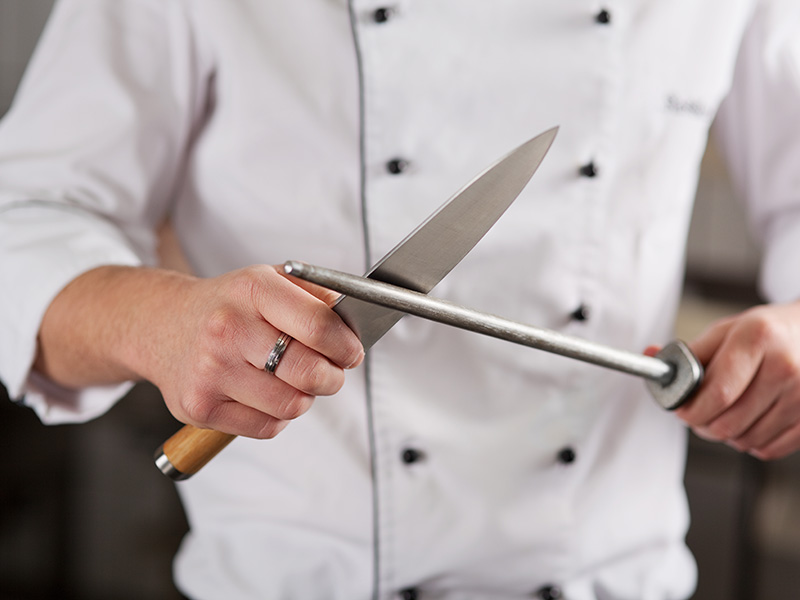
What Is Sharpening?
Sharpening is grinding down the metal to make a new edge for the blade of your knives. This process will remove the blade’s metal to give it a fresh, new edge.
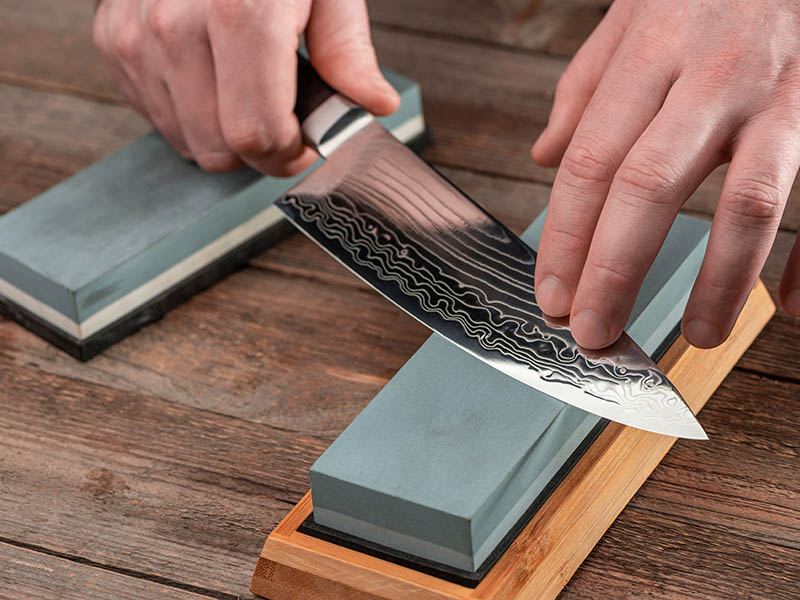
5 Most Common Types Of Knife Sharpeners For Your Kitchen
You can take your knives to the knife smiths and get them professionally sharpened. Or, you can just do it yourself at home at a much lower cost.
I’ll give you the 5 most common types, their pros and cons, and some suggestions so that you can purchase the knife sharpener most suitable for your needs.
1. Handheld/ Pull-Through Sharpener
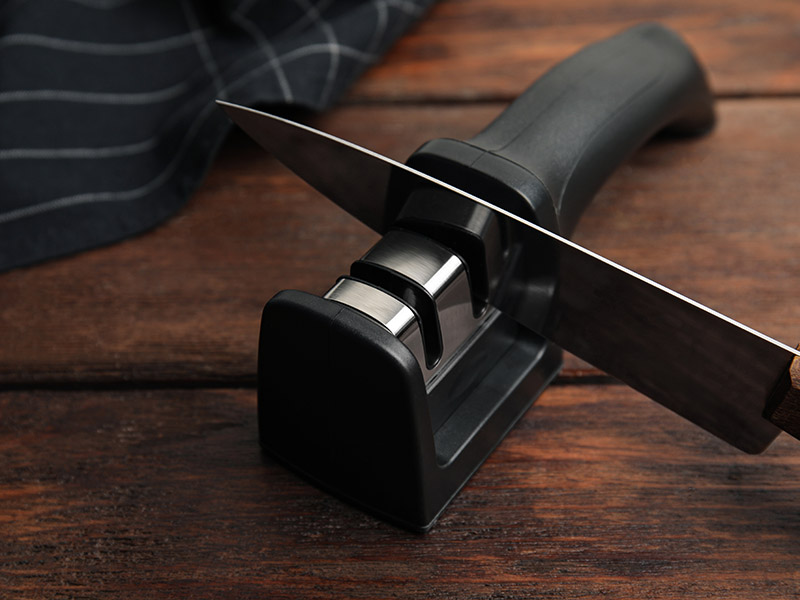
A handheld sharpener, also called a manual sharpener, is a knife sharpener that works manually. This means you need to work your hands and arms to sharpen your knife.
A handheld knife sharpener has a slot or two on its body. There are sharpening stones inside the slot. When you put your knife in that slot and pull your knife back, then repeat, it can sharpen your knife. There are some that you pull the sharpener over the blade as well.
A manual sharpener gives you more control over how you can sharpen it and how much is enough. The sharpening stone in the slot is also at an angle suitable for sharpening, so you don’t have to worry about it being difficult.
A good handheld sharpener is easy to use and great at sharpening even though it’s small. However, if you have arthritis in your hand or don’t have good hand-controlling skills, avoid using this tool at all costs.
If you’re considering getting a manual sharpener for your kitchen, you can consider getting the Chef’s Choice Professional Manual Sharpener. If you want a budget-saving tool, put this KitchenIQ 2-Stage Knife Sharpener in your cart.
Learn from a professional chef for more tips on how to use a handheld knife sharpener!
2. Electric Knife Sharpener
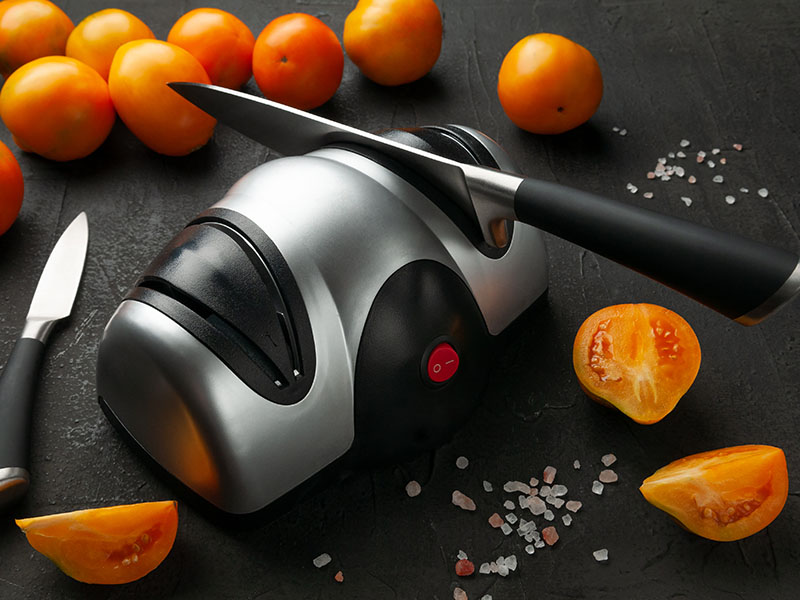
Similar to a manual sharpener, an electric knife sharpener offers the same “service” to your home. However, an electric knife sharpener is bigger than a handheld one, so it takes up much space on the counter.
The electric knife sharpener is the easiest and simplest to use. Even if you know little to nothing about the knife sharpening process, you can still do it at home with this device.
An electric knife sharpener usually has 2 to 3 steps for you to fine-tune your knife. From the first step, in which a grit stone will sharpen your knife, to the last step, in which a fine grit will hone your knife, you’ll get your dull knife back to its shiny, sharp stage.
You won’t have much control when using this tool, but it can do the job of sharpening knives for you just fine.
It can get your knife to a perfectly sharp, shiny blade, but it can also wear down the blade and shorten the lifespan of your knife. This is a problem with electric sharpeners because they usually take away much more metal than other methods.
A good electric knife sharpener will bring your knife back to its best stage with little effort, skills, and time. Western and Japanese knives have different edge blades, which also affect the tools you choose. Add some of my suggestions to your shopping list.
For Western knives, you should check out this Work Sharp Culinary Kitchen Knife Sharpener, or the Presto EverSharp Electric Knife Sharpener.
If you have a Japanese knife on hand, choose Chef’s Choice Electric Knife Sharpener for maximum effect on your knife.
Are you looking for a multi-purpose tool to sharpen your knife? Give this GA Knife Sharpener Electric 3-In-1 a try and put this in your cart immediately. You wouldn’t know when you’re going to need this.
How to use a 3-step electric knife sharpener.
3. Whetstone/ Sharpening Stone
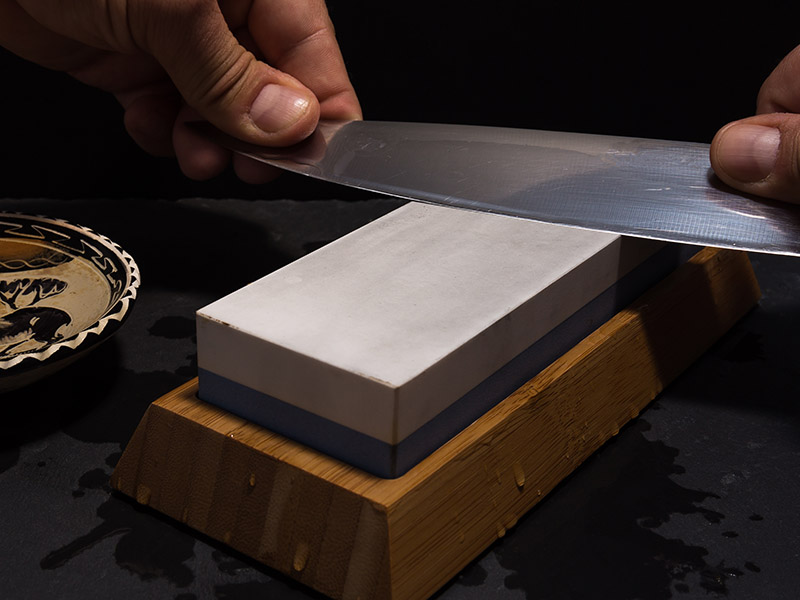
For professional chefs and cooks, their favorite knife sharpening tool is the whetstone. They believe that whetstones give the best results for sharpening. This is also the oldest method of knife sharpening.
The “whet” in whetstone is an old word for “sharpen.” A whetstone is a rectangular block with a surface like sandpaper. It can be used dry, wet, or requires oil, so you need to read your instructions. It can both hone and sharpen the knives.
A whetstone, or sharpening stone, is one of the most effective tools to sharpen your knives, but it takes a bit more skills and patience to get used to it.
You have complete control over how much and how you are going to sharpen it, but you need to have the skills required to do it.
You need to sharpen each knife type on the whetstone at a different angle because each knife has a different kind of blade.
The good thing about whetstone is that you can sharpen any type of knife with it, even serrated blades, some of which electric or pull-through knife sharpeners can’t handle.
A whetstone usually has 2 different sides: a coarse side and a fine side. In some cases, you may need to buy a variety of stones with different grits to give your knives a proper sharpening session.
Using a whetstone is not easy and may take time and patience. It usually takes 10 to 15 minutes to sharpen one side of the blade on the whetstone, and some people may get frustrated with how long it takes.
The result is worth it, though. You get a nice, shiny, sharp blade afterward, which can also help keep your knife for a long time. Once you get the hang of it, you’ll enjoy the process of using the whetstone as much as a professional chef does.
You can check out this sharpening stone from Sharp Pebble. They work well for beginners and professional cooks, so you can have ultimate practice with them.
Basic tutorial on how to sharpen a knife with a whetstone.
4. Knife Sharpening System/ Guided System
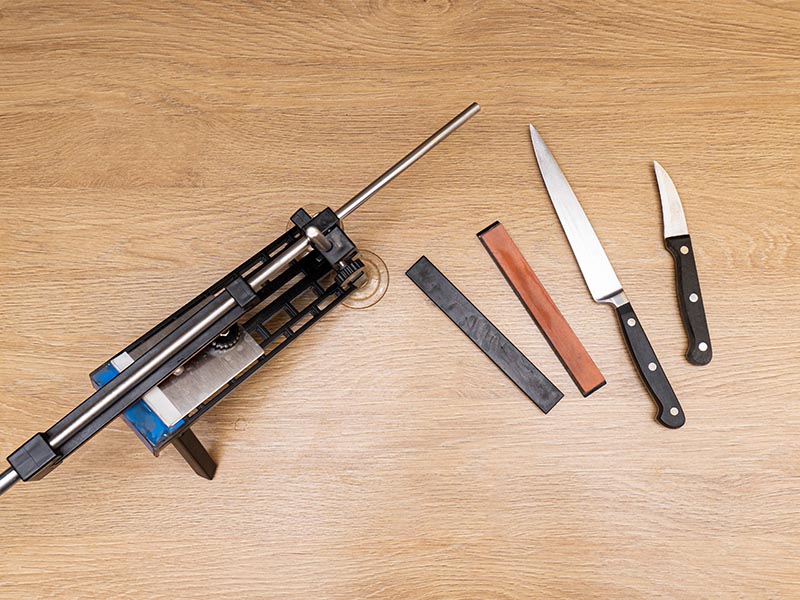
Combined with all 3 types of knife sharpeners above, the knife sharpening system is a great tool for sharpening knives in the kitchen. It’s quite user-friendly, but it also makes the sharpening process precise.
Each system works differently, but the basic principle remains: a clamp will keep the knife from moving, and the system, with a whetstone attached, will sharpen your knife at a fixed angle.
Some systems can sharpen your knives on both sides, while some just sharpen them on one side at a time. Either way, you can re-shape and restore your knife’s blade to its original shape and sharpness.
Even though it has quite a learning curve compared to electric or handheld knife sharpeners, it’s still easier to learn how to use than whetstones.
If you want more control over the angle and precision in sharpening knives, you should check out this knife sharpening system by Lansky, or this system from Work Sharp. Both have high-score reviews on Amazon.
This guide is for you if you’re new to the guided sharpening system!
5. Honing Steel/ Sharpening Steel
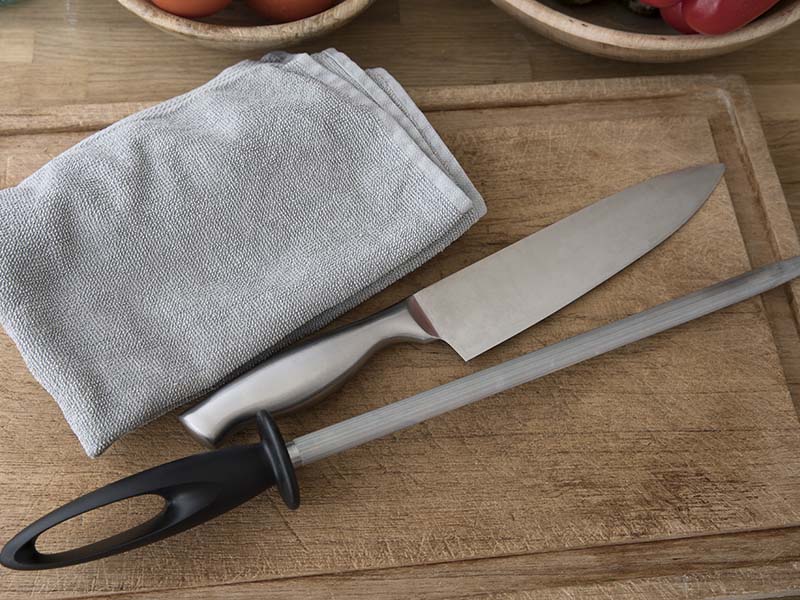
A honing steel is for honing your knives. Sharpening and honing go together. After a long time of using the knives, they tend to lose their sharpness and straightness and start to bend.
The honing process realigns and straightens your knives’ blades and makes their cuts cleaner. Honing doesn’t equal sharpening. Please remember that a few strokes along the honing steel won’t give your dull, damaged knives a proper sharpening.
Honing is a great way to maintain your knives’ lifespan and quality. It doesn’t damage or wear your knives out as much as sharpening, so you can hone your knives as much as you want.
You can hone your knives weekly but sharpen them once every few months or when they start to dull. You will need time to practice using a honing steel, how to use it, and the angle you need to take notice of for each type of knife.
There are 4 most common materials for making honing rods, and you can choose them based on your needs and budget.
A stainless steel rod is the most common type on the market and the easiest to buy.
Ceramic rods, as their name implies, are made from ceramic. This material allows you to slightly sharpen your knives as well. As you use it, you’ll eventually see the rod turn grayish due to the “swarf” (small particles from the blade). When this happens, it’s time to clean the rod.
The diamond steel rod has a diamond abrasive coating on its body, which will create a sharpening effect on your knives. As a result, you won’t have to use your knife sharpeners as frequently.
Combination cut steel rod features 2-in-1 uses: one sleek side for honing and one rough side for sharpening. This tool is useful for those who want a more budget-saving option and don’t use knives as much.
You should choose a honing rod that comes from the same brand as your knife set since each brand has tools that are compatible with each other.
If you want some other recommendations, check out this Diamond Sharpening Steel from Wusthof, or a cheaper alternative steel rod from Utopia.
Honing techniques for everyone, even for newbie cooks.
Know Your Knife Angles For Appropriate Sharpening
Each type of kitchen knife has different uses and thus comes with a different angle for the edge. When you’re sure about the angles of your knives, you’ll know how to give your knives better maintenance.
If you look at a knife, you can see how the edge is sharpened to an angle on one or both sides. The smaller the angle, the sharper your knife is. But a knife with a greater angle will be more long-lasting and stronger.
I can give you an example to visualize the angle of the knife. If the angle of the blade is 15 degrees, then the total angle of the blade is 30 degrees. In the next part, I’ll mention the angle of the edge on one side of the blade.
In this section, I’ll introduce some common knife angles so you can get a better idea of how to sharpen your knives.
Angles Of 30 – 35 Degrees
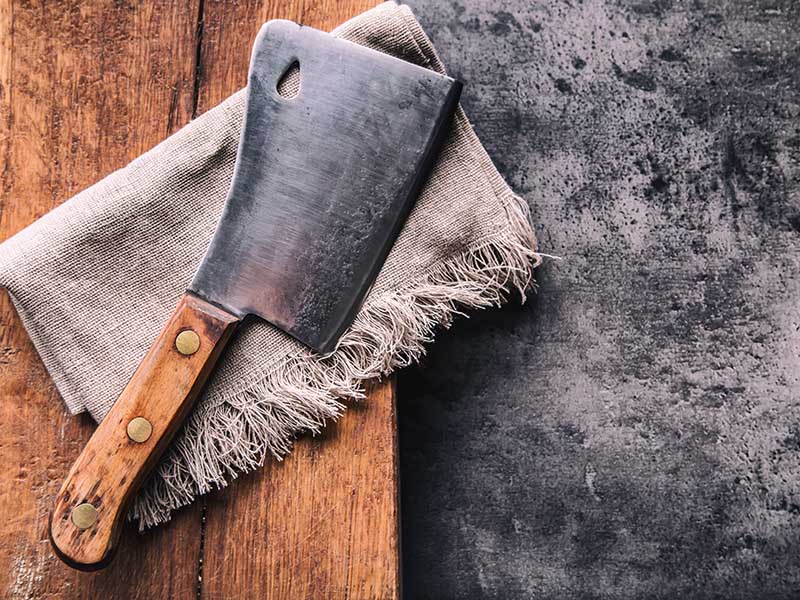
This angle is common in a cleaver or other chopping knives. Knives with this large angle are usually for chopping meat and bones, so they can keep their strength and durability to perform their task properly.
The knives have high durability but not as much sharpness, so you need to sharpen and hone them more often if you use them regularly. You can use any type of knife sharpener suitable for you.
Angles Of 25 – 30 Degrees
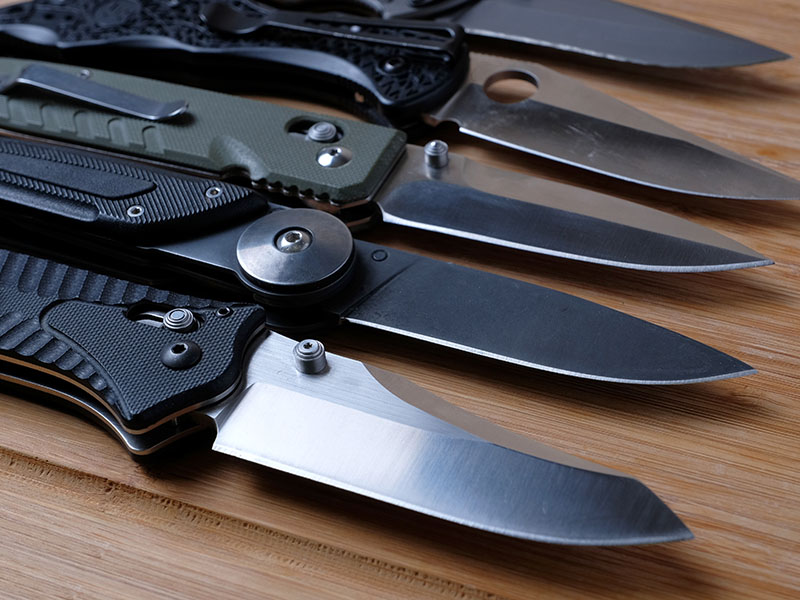
This large angle makes the blade and edges tough, so it’s perfect for utility, hunting, and pocket knives. These utility knives have many great uses, but are usually used in outdoor settings, not in the kitchen.
These knives are also quite easy to sharpen in terms of sharpening tools. You can use any knife sharpener on hand, from a manual sharpener to an electric one or even whetstones.
Angles Of 18 – 25 Degrees
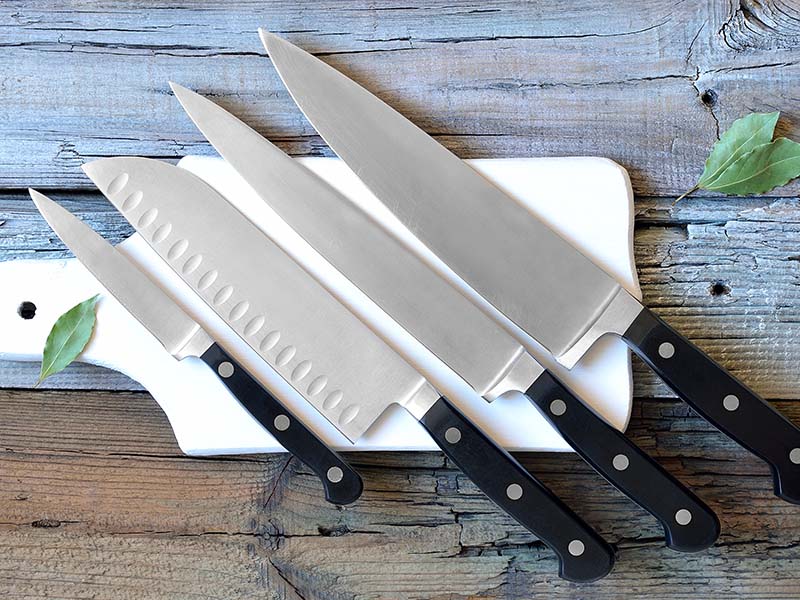
The kitchen knives are common with the edges within this range. This angle creates good-enough durability and sharpness for the knives, which means you can do almost all tasks in the kitchen with them, from carving, cutting, and mincing to dicing, boning, etc.
You can use most sharpeners to sharpen knives that have edges within this range. You can opt for handheld, electric knife sharpeners or guided systems for them.
Angles Of 12 – 18 Degrees
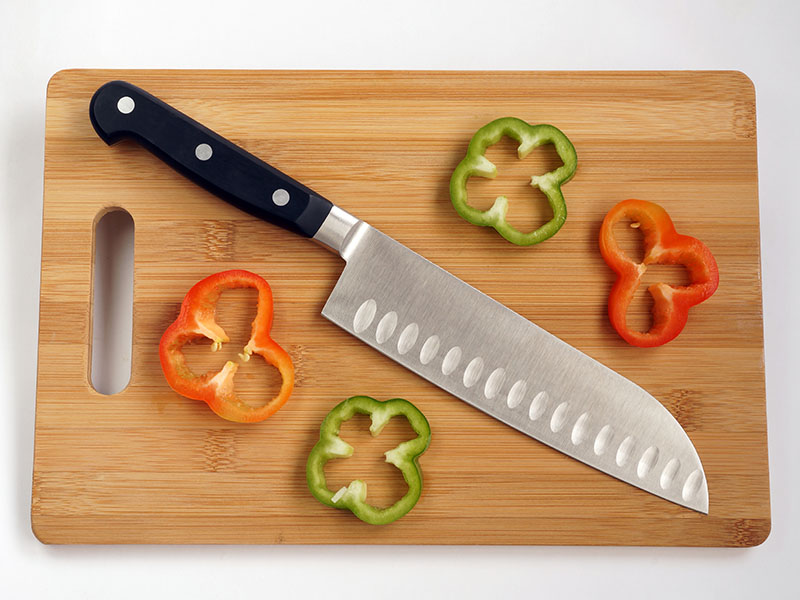
These angles are standard for super-sharp knives like filleting knives, Santoku knives, and paring knives. Thanks to their sharpness, small angles knives like paring knives have various uses in cooking.
However, since the blades are fragile, you wouldn’t want to use these knives for heavy-duty work. Only use these for fine slicing, dicing, mincing, or cutting small veggies and fruits.
For maximum sharpening, I’d recommend you to use whetstones. They are less aggressive than other types, so they will give your knives the right sharpness without worrying about their durability.
How To Take Care And Maintain The Sharpness Of Your Knives?
You’ve researched and bought the best knives for your kitchen with the intention that they can elevate your cooking experience, which can lead to higher-quality dishes for your meal. Then, I think that there’s no reason for you to keep them from getting the care and maintenance they need to last for a long time in your kitchen.
Here are 6 tips for you to take care of your knife collection. It’s not difficult at all. You just need some practice so it can turn into a knife-care routine for you.
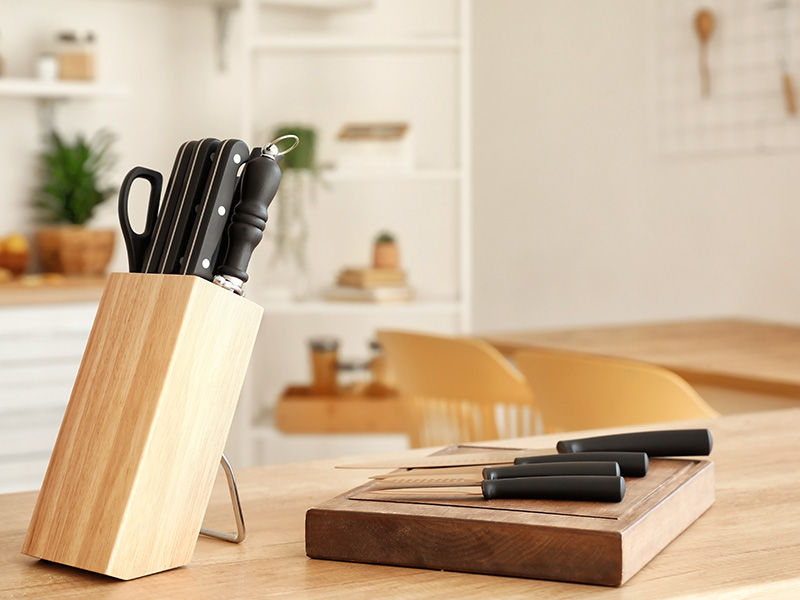
1. Sharpen And Hone Your Knives Regularly
Now, you understand the importance of a sharp knife in the kitchen. Then, you may want to make a habit of sharpening and honing your knives regularly.
If you’re a chef and use your knife every day, you should sharpen your knife once every 2 weeks. If not, an average knife needs sharpening once every 1 or 2 months. For honing, you can do it as frequently as you can, but most knives need honing weekly.
If you need special care for your knives, you can always take them to a knife smith, or any professional service, to get the proper care for them. If you’re a home cook, you should get the knives professionally cared for every 3 to 6 months.
2. Wash Your Knives After Use
Call me Doctor Obvious, but many people tend to forget to wash their knives after use. The leftover food or any ingredients or chemicals stuck to the knives will eventually destroy them.
Even when they’re ceramic or high-carbon stainless steel knives, which are less prone to rust, they cannot survive that many effects on the blade. Remember to wash them as soon as possible or after each use to maintain the quality of the knives.
3. Don’t Put Your Knives In The Dishwasher
You put the knives in the dishwasher, intending to clean them later, but there’s also a high chance that you’ll completely forget about them. Please don’t. The longer you leave them in the sink, the longer they can turn rusty.
When you leave knives in the dishwasher, they can come into contact with other kitchenware, such as plates, bowls, etc. It can cause serious harm to the blades of the knives.
Putting knives in the dishwasher can also cause accidents in the kitchen. You wouldn’t want your hands to get injured, would you?
4. Clean And Dry Your Knives With A Clean Cloth
After washing the knives, you’d like to leave them on the drying rack to dry. However, consider using a cleaning cloth instead.
With a cloth, you can dry your knives immediately after washing so that you can store them in the drawers or anywhere else safer. You should keep them away from getting into contact with other kitchenware to minimize damage.
5. Hang Your Knives In A Knife Block
Do you have a knife block? If not, consider getting one for your kitchen. A knife block can keep your knife clean and free of dust. It can also keep each knife from banging into each other so that the blades can keep their forms and sharpness.
6. Use A Cutting Board
You should always use your knife to cut things on a cutting board, no matter how sharp or sturdy the knives may seem. If you cut anything with a knife on any surface unsuitable for cutting things on, then it can cause damage to your knife and even your hands and fingers.
Wood or plastic are ideal materials for a cutting board. These materials allow your knives to move more safely on the surface, minimizing the chances of accidents happening.
Sharpen Your Knives And Improve Your Quality Time In The Kitchen
And this is it – a complete guide on the knife sharpening tools, what to choose, and how to maintain your knife’s quality.
Your time in the kitchen should be a time for you to enjoy your suitable gadgets and the environment. Keeping your knives sharp can elevate your prepping experience so that it won’t feel like something you have to do every day but something you love.
Please share your thoughts if you find this article useful or have used any tools from my recommendations! I’d love to hear from you all.

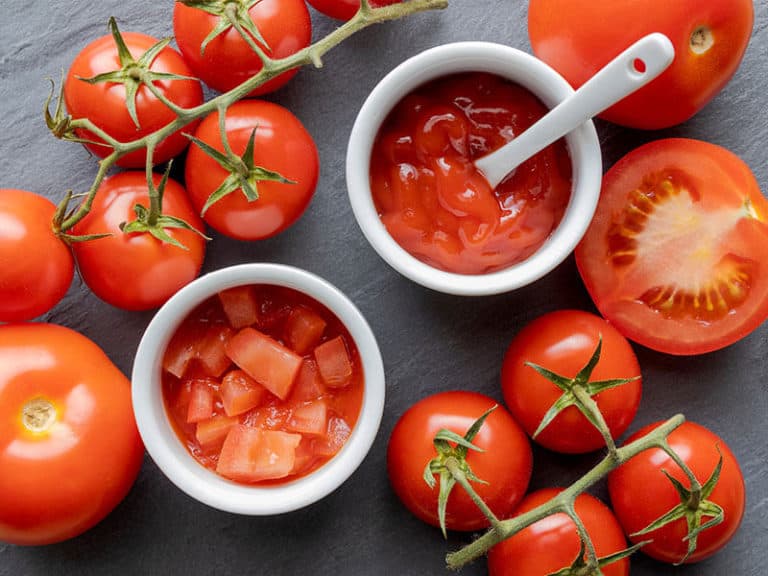

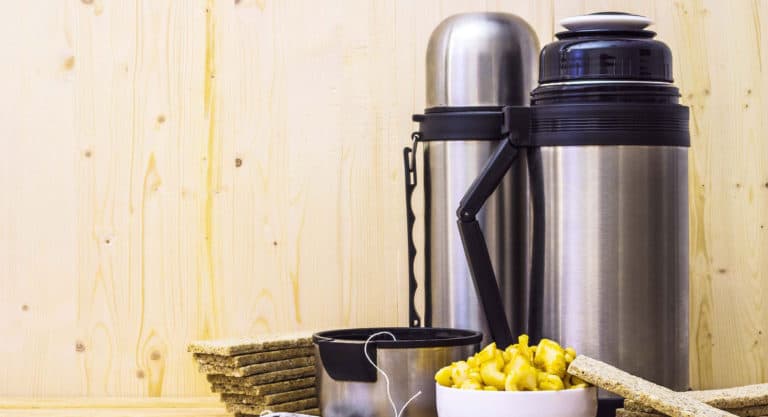

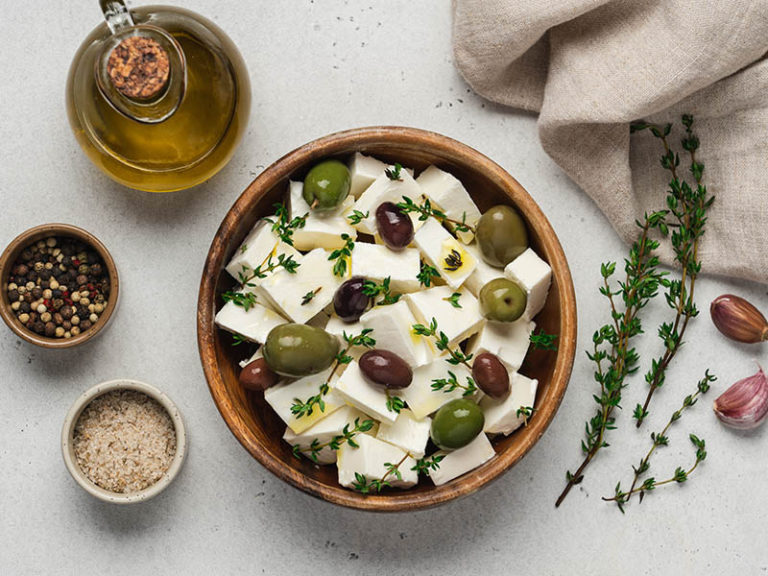
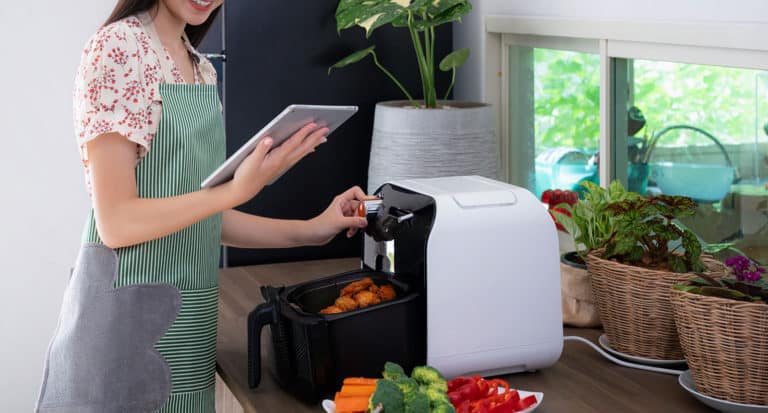
Amanda Collins
Founder and Senior Culinary Editor
Expertise
Culinary Arts and Management, Food Journalism and Critique, Recipe Development and Testing, Global Culinary Traditions, Sustainable Food Practices
Education
Institute of Culinary Education (ICE), New York, NY
Program: Diploma in Culinary Arts
Focus: Intensive hands-on training in culinary techniques, recipe development, and kitchen management, preparing students for professional roles in the culinary industry.
Monroe College, New Rochelle, NY
Program: Associate in Applied Science in Culinary Arts
Focus: Practical culinary skills, including cooking techniques, menu planning, and kitchen operations, with an emphasis on hands-on experience and industry standards.
Amanda Collins is a seasoned chef and food editor with a deep love for global flavors. Trained at the Institute of Culinary Education and Monroe College, and with over 15 years in the culinary field, Amanda has refined her skills in kitchens worldwide. Her background in food studies gives her a unique ability to share both recipes and the cultural stories that shape them.
As senior culinary editor at thebreslin.com, Amanda’s work brings authentic dishes to life, inviting readers to explore new flavors and techniques from around the globe. Her approachable style makes it easy for anyone to bring a bit of the world’s cuisine into their kitchen.